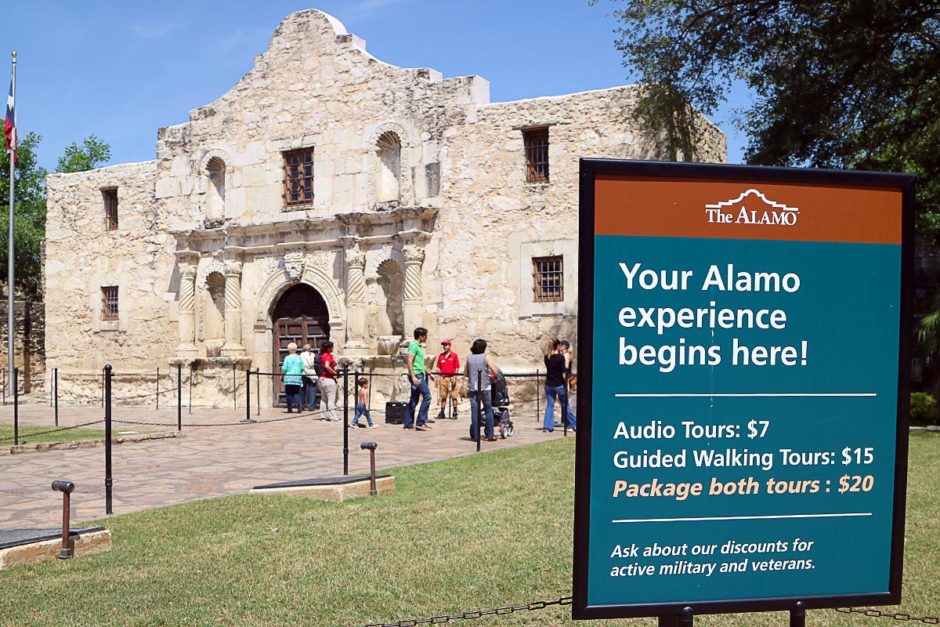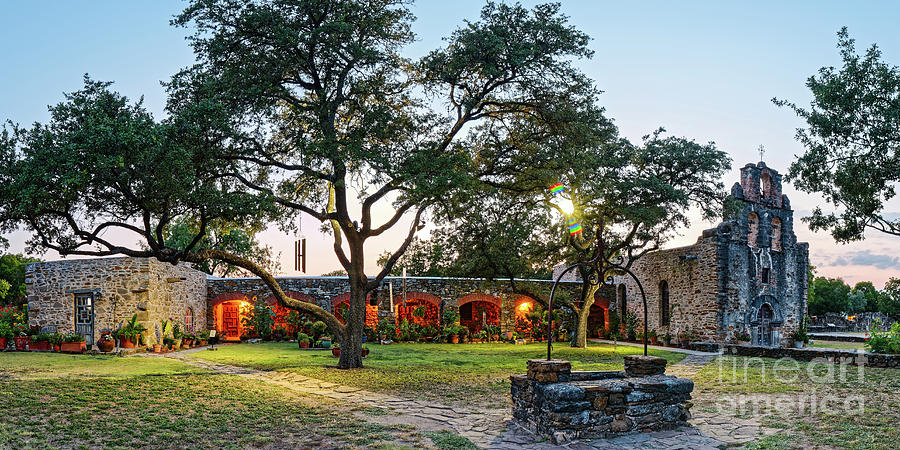Check Out the Rich History of San Antonio Missions National Historic Park: a Comprehensive Guide to Its Cultural Importance and Conservation Efforts
As we begin on a trip via the historic history of these missions, we reveal building wonders that have held up against the test of time. Past the simple physical frameworks, each objective, notably Mission Espada, lugs a profound cultural weight that reverberates deeply with those that explore its premises.
Historic Background of San Antonio Missions
The origins of the historical history of the San Antonio Missions run deep, intertwining Spanish colonial impact with native cultures in the South Texas region. Established in the early 18th century, these goals were started by Franciscan friars with the purpose of spreading out Christianity and converting the neighborhood aboriginal populations. San Antonio Missions National Historical Park reviews. The Spanish Crown supported these objectives as a way of strengthening control over the area and broadening their influence in the New Globe
The Spanish missionaries played a substantial function fit the social landscape of the region, introducing brand-new farming methods, design, and religious methods. The aboriginal communities, such as the Coahuiltecans and various other people, engaged with the Spanish inhabitants, causing a blending of ideas and traditions.
With time, the objectives ended up being not only religious facilities but social and also economic hubs, attracting settlers from various histories. Today, the San Antonio Goals stand as a testimony to this intricate history, mirroring the enduring tradition of Spanish colonialism and the durability of native cultures in South Texas.
Architectural Wonders of the Missions
Having laid the foundation of social exchange in between Spanish promoters and aboriginal areas, the building wonders of the San Antonio Missions exemplify a blend of European and indigenous workmanship that proceeds to mesmerize visitors. These objectives, including Goal San Jose, Mission Concepcion, Mission San Juan, Goal Espada, and the Alamo, display distinguishing characteristics such as luxuriant facades, intricate carvings, vibrant frescoes, and sturdy stone wall surfaces. The Spanish Colonial style, defined by curved doorways, bell towers, and roomy courtyards, shows a harmonious fusion of Spanish design components with aboriginal building methods.
Each objective within the San Antonio Missions National Historical Park tells a distinct tale via its design, illustrating the advancement of building and construction designs and cultural impacts over time. Visitors can admire the proficient workmanship noticeable in the comprehensive stonework, hand-carved wooden doors, and religious iconography adorning the insides. These building masterpieces stand as enduring testimonies to the enduring heritage of the goals and the social heritage they represent.
Cultural Value of Objective Espada
With its historic roots deeply intertwined with the native cultures of the region, Objective Espada stands as a symbol of cultural durability and adaptation within the San Antonio Missions National Historical Park. Established in 1690, Objective Espada was developed by Spanish Franciscans as a way to spread out Christianity amongst the Coahuiltecan individuals while also serving as a center for farming and sector. The goal's cultural significance exists in its function as a meeting factor in between European and Indigenous American practices, causing a special blend of architectural designs, spiritual practices, and agricultural strategies.
Objective Espada's renowned aqueduct, called "Acequia de Espada," is a testimony to the design skills of both Aboriginal and spanish individuals, showcasing their collaboration in creating vital rivers for watering objectives. This unified fusion of cultural influences is more exemplified in the objective's elaborate makings, vivid frescoes, and spiritual ceremonies that remain to be exercised to this day. As one of the earliest unrestored rock churches in America, Goal Espada stands as a living testament to the long-lasting heritage of cultural exchange and adaptation that defines the San Antonio Missions National Historic Park.
Conservation Challenges and initiatives
Conservation in preserving the historical stability of Mission Espada experiences a myriad of intricate obstacles that demand cutting-edge remedies and dedicated stewardship. As one of the 5 objectives within the San Antonio Missions National Historic Park, Goal Espada encounters preservation issues originating from ecological variables, city advancement, and the ongoing fight versus all-natural damage. The delicate equilibrium in between saving the initial frameworks and ensuring visitor accessibility and safety and security needs careful planning and implementation.
Initiatives to maintain Goal Espada entail a multi-faceted method that includes routine upkeep, architectural assessments, and conservation projects. Cooperations in between park authorities, historians, excavators, and neighborhood areas are important in creating lasting preservation methods. Challenges such as funding restraints, restricted sources, and the demand for specialized proficiency further complicate conservation efforts.
Regardless of these obstacles, the dedication to securing Mission Espada's historic significance stays undeviating. Via continued research, area engagement, and flexible preservation practices, the conservation of Goal Espada stands as a testimony to the commitment towards protecting our cultural heritage for future generations.
Neighborhood Interaction in Park Conservation

One of the main means the park entails the community is with volunteer opportunities. Neighborhood residents can join preservation jobs, curricula, and unique occasions, permitting them to add straight to the conservation of the park. This hands-on involvement not just profits the park in terms of additional resources and manpower yet likewise creates a more powerful connection between the park and the neighborhood itself.
Additionally, the park consistently looks for input from neighborhood stakeholders, consisting of area groups, services, and government firms, to guarantee that preservation efforts straighten with the needs and worths of the bordering neighborhood. By engaging with the local populace in these significant ways, San Antonio Missions National Historical Park cultivates a culture of preservation and sustainability that will assist maintain this cultural prize for future generations.
Final Thought

Past the mere physical frameworks, each goal, notably Objective Espada, carries an extensive cultural weight that resonates deeply with those that explore its grounds. These goals, consisting of Goal San Jose, Goal Concepcion, Mission San Juan, Objective Espada, and the Alamo, showcase unique features such as ornate facades, complex makings, vivid frescoes, and sturdy rock walls.With its historic origins deeply intertwined with the aboriginal cultures of the region, Goal Espada stands as an icon of social strength and adaptation within the San Antonio Missions National Historical Park (San Antonio Missions National Historical Park). As one of the oldest unrestored rock churches in America, Goal Espada stands as a living testament to the enduring legacy of social exchange and adaptation that specifies the San Antonio Missions National Historical Park

Please visit one of our local supporters- Brownstone Law San Antonio Criminal Appeal Lawyers
Comments on “San Antonio Missions National Historical Park Hours: Plan Your Journey easily”